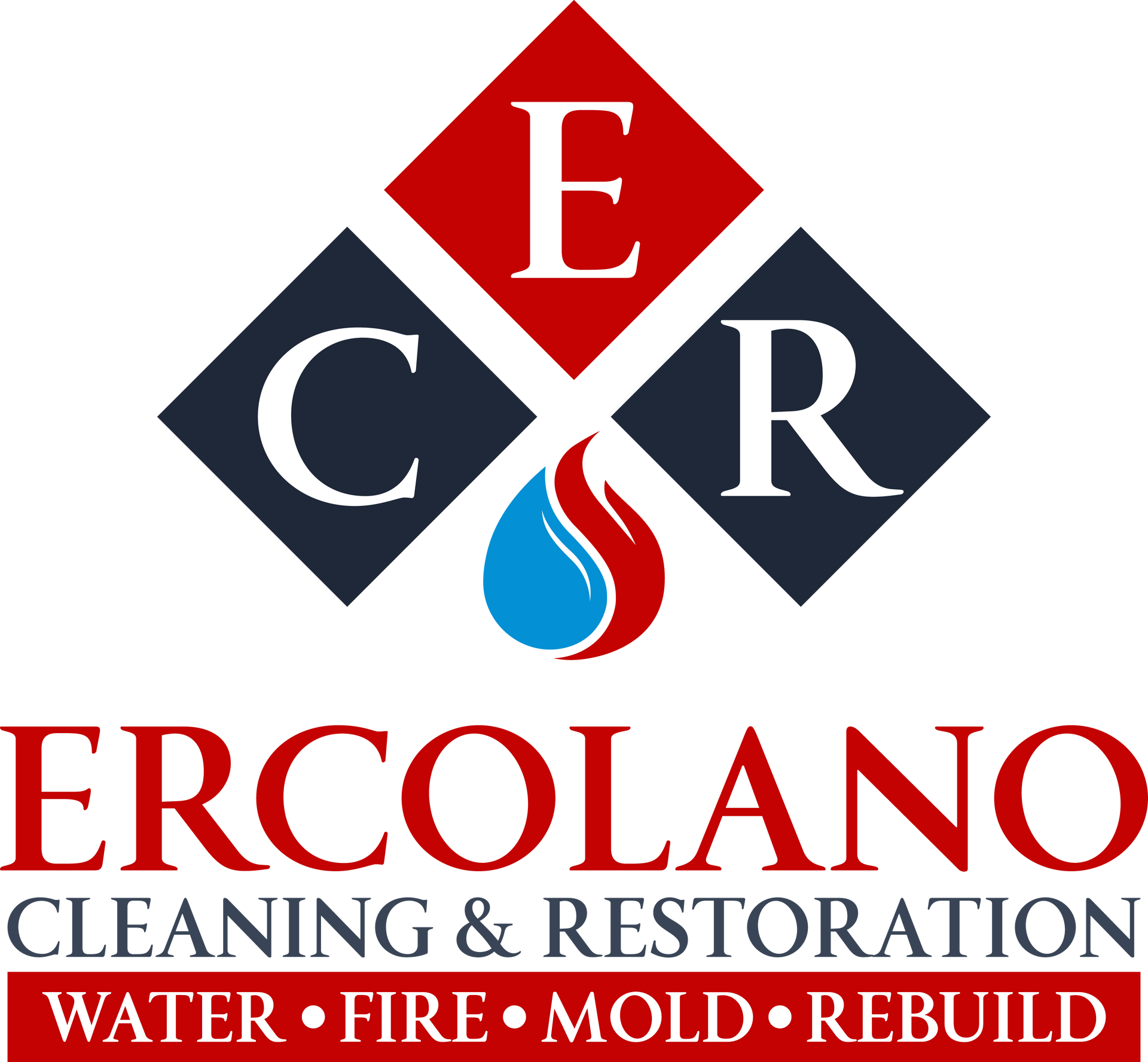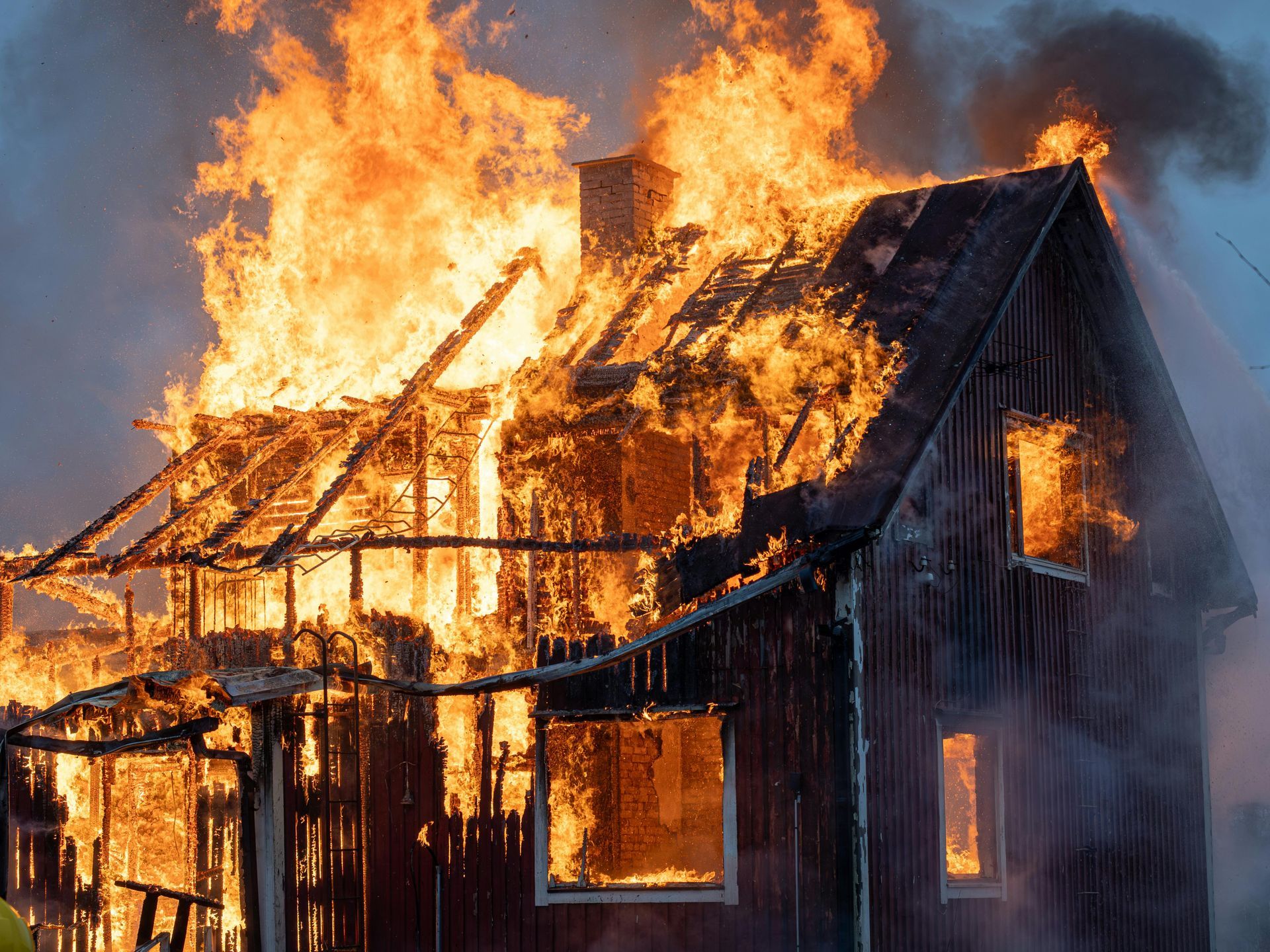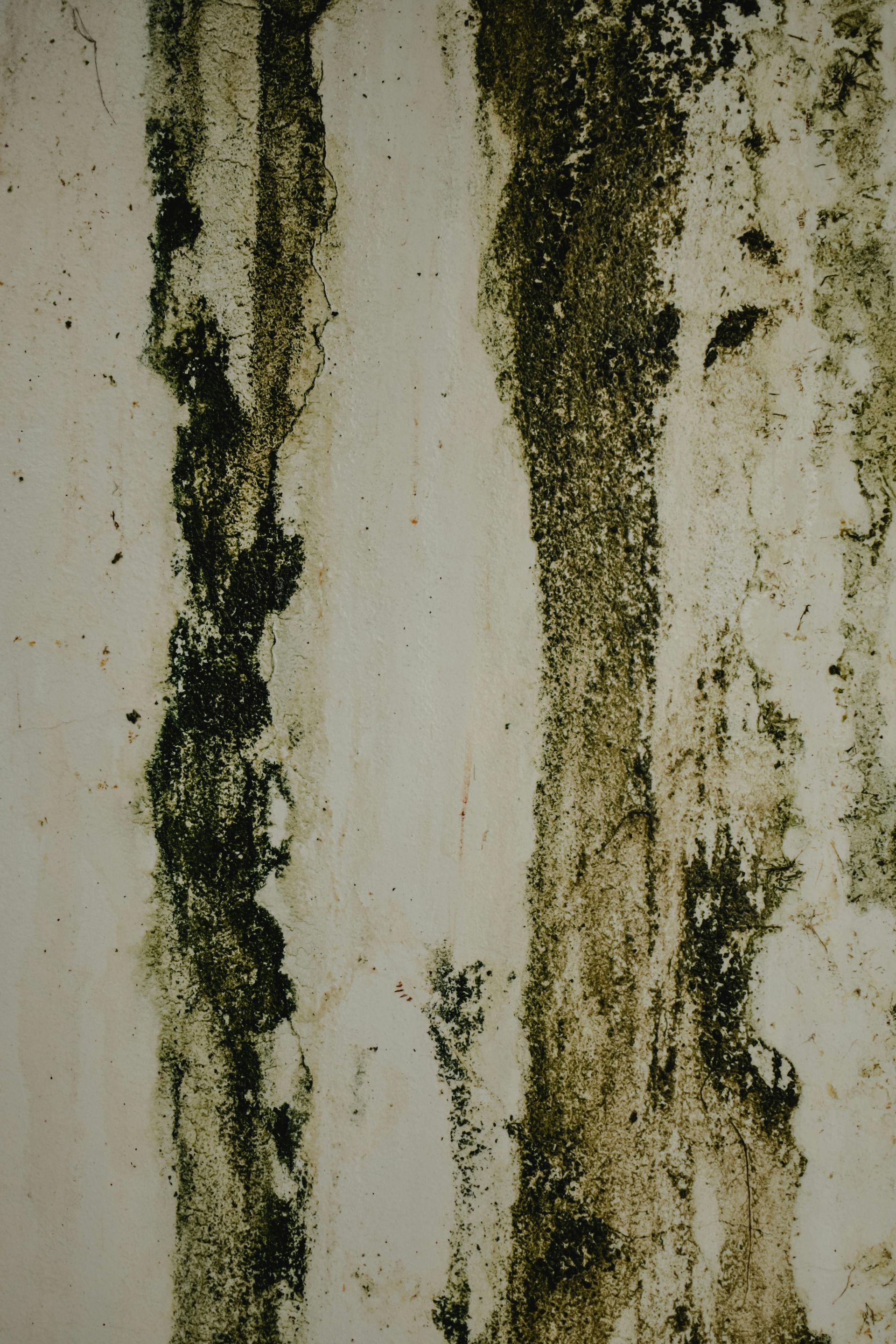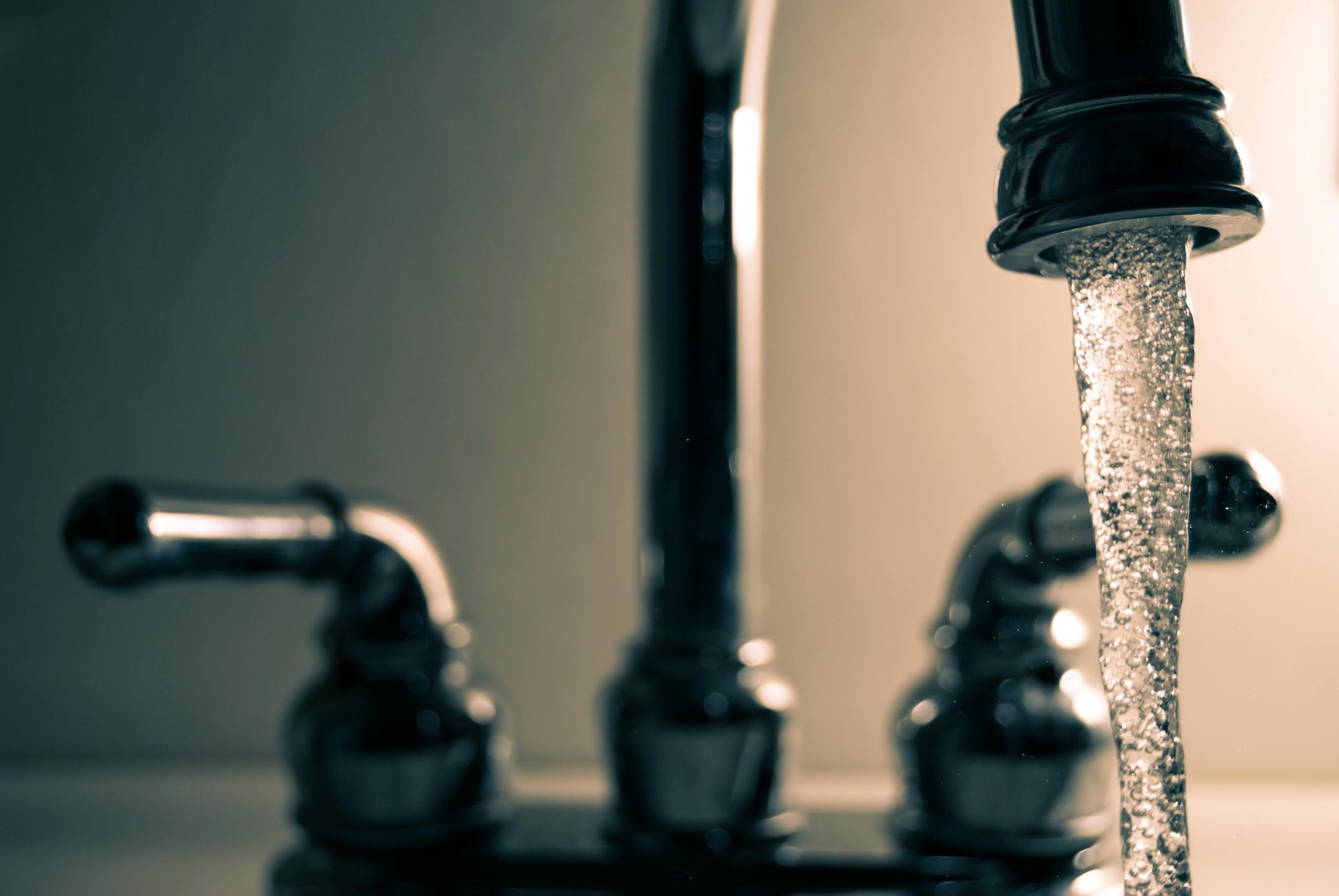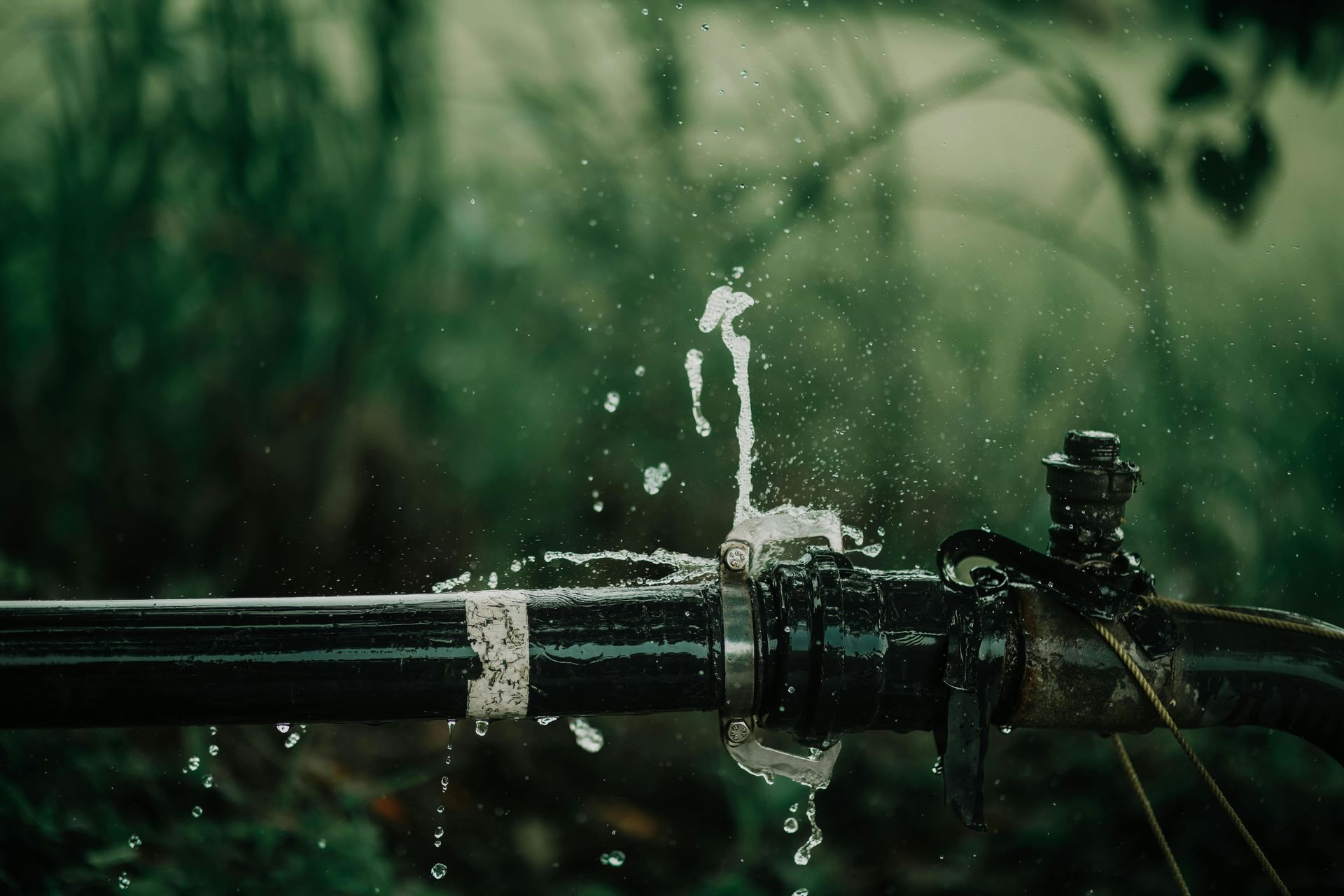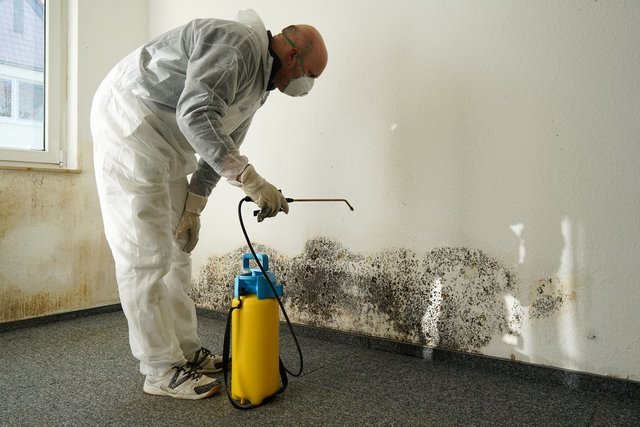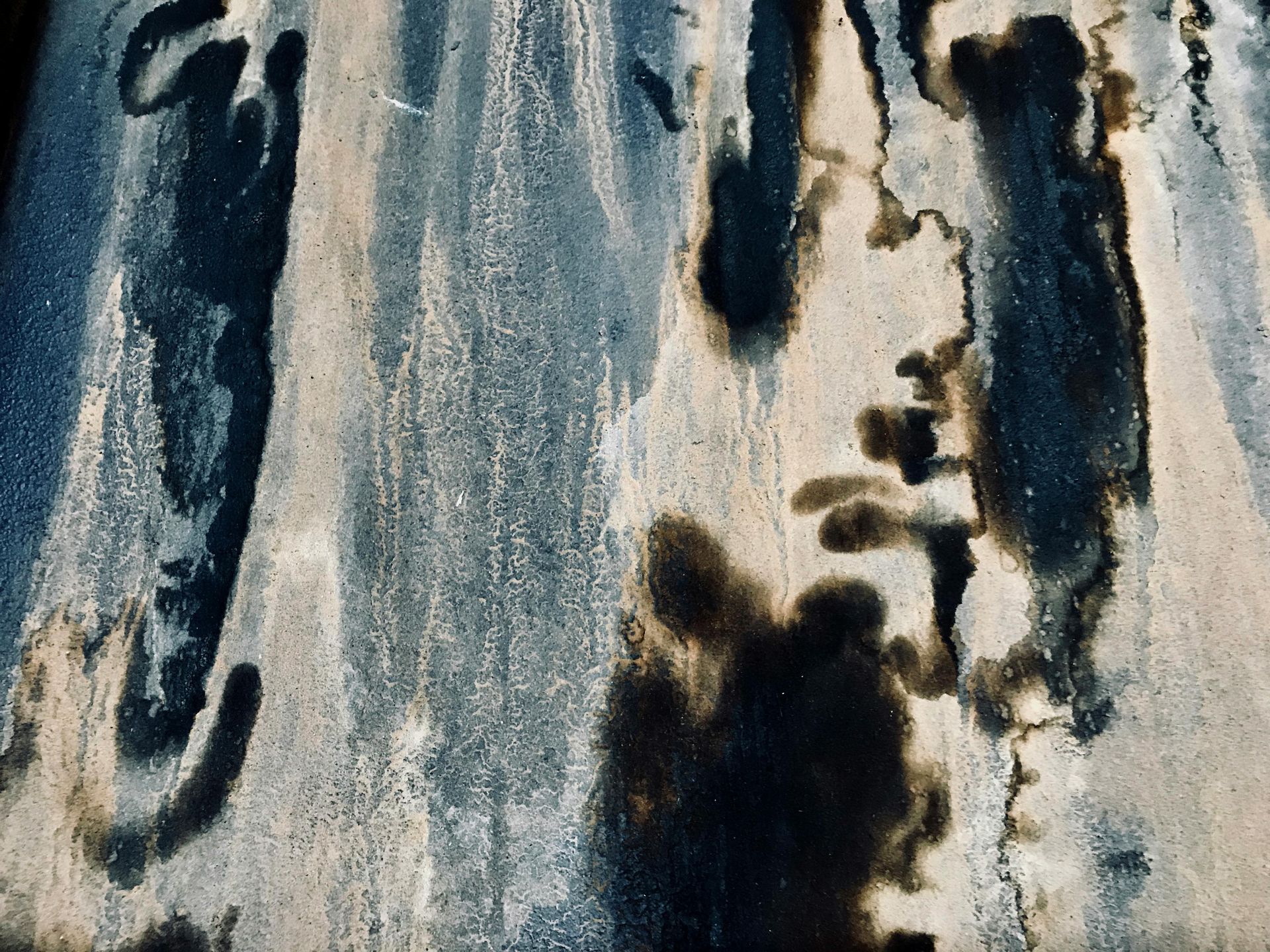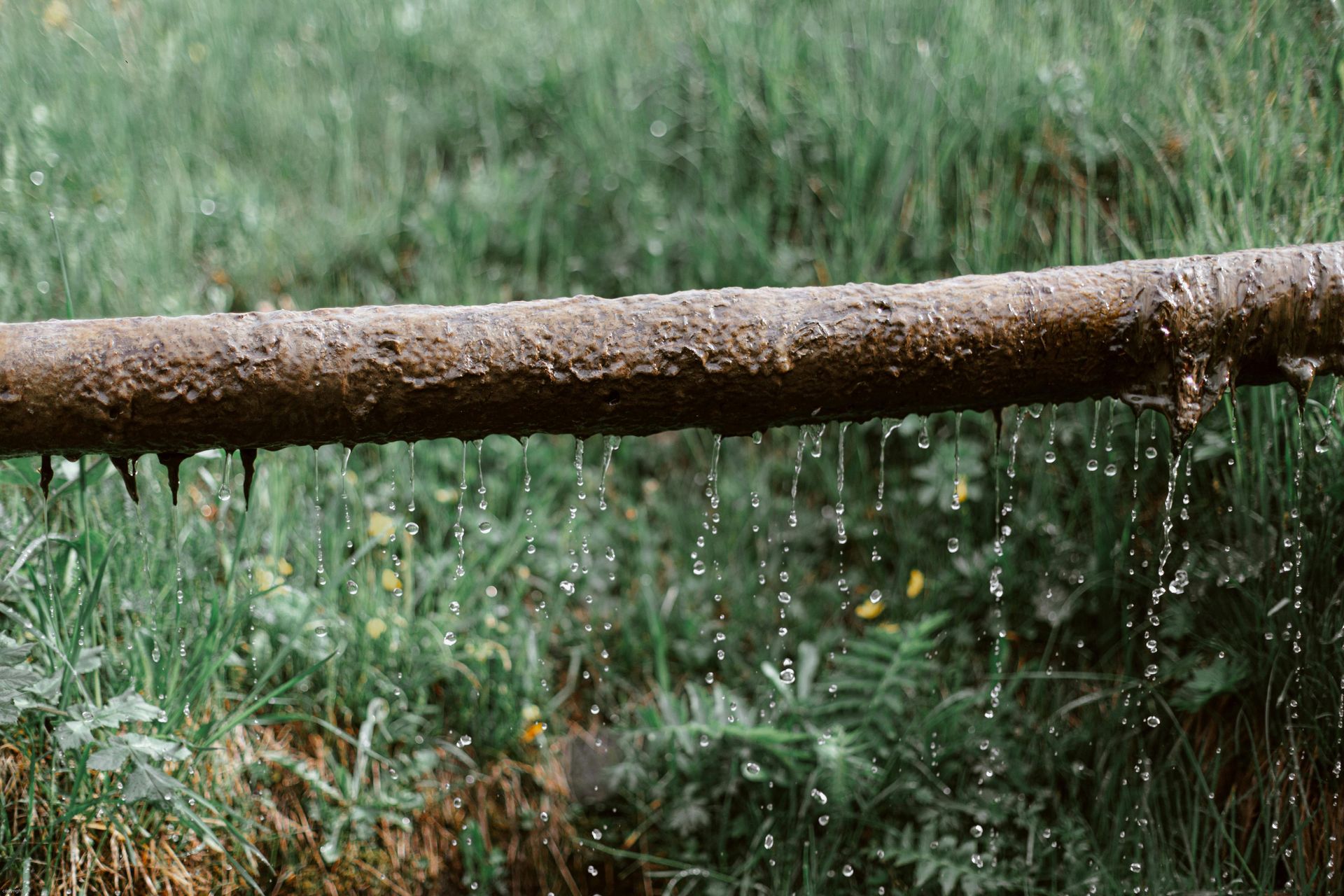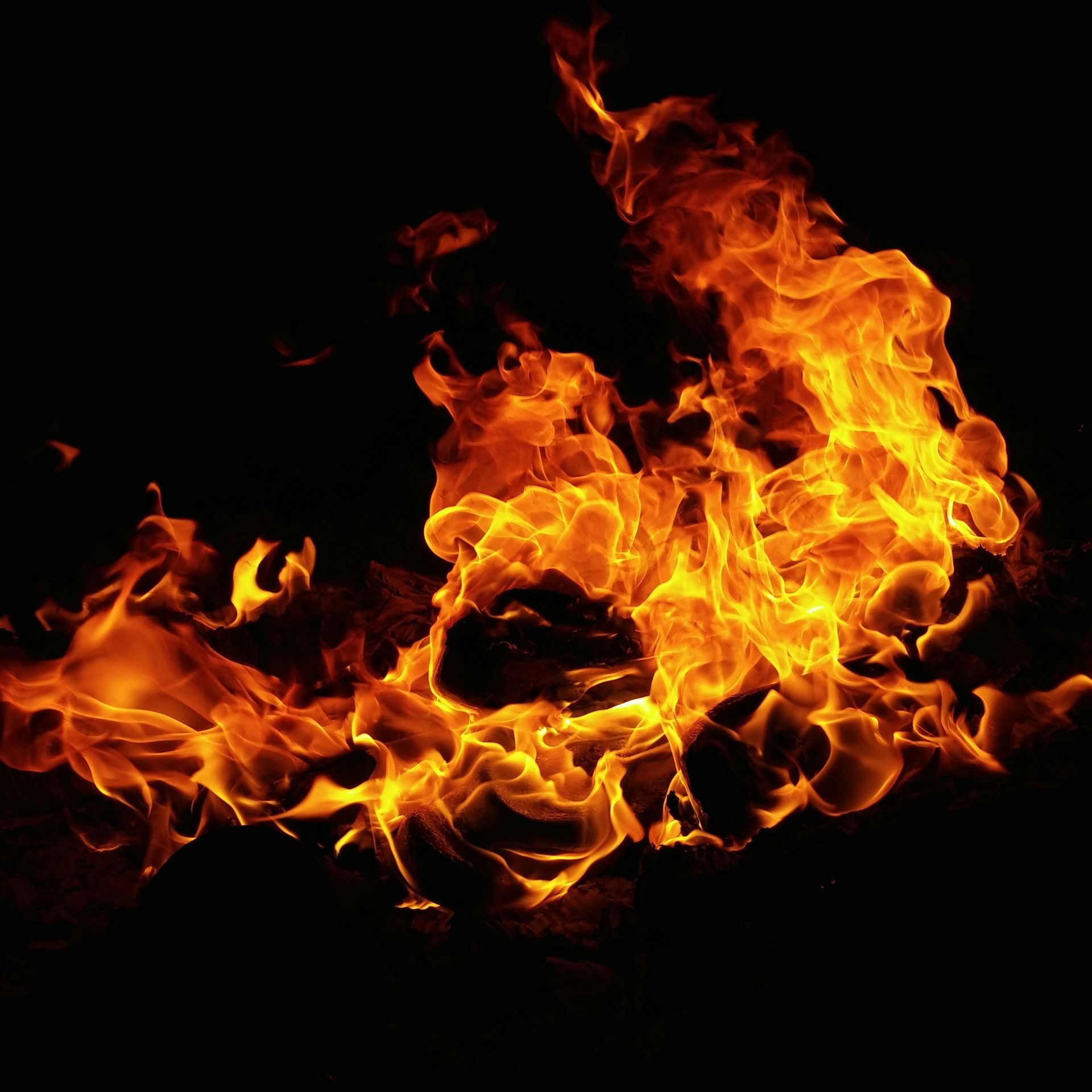Understanding the Different Types of Fire Damage
Understanding the Different Types of Fire Damage
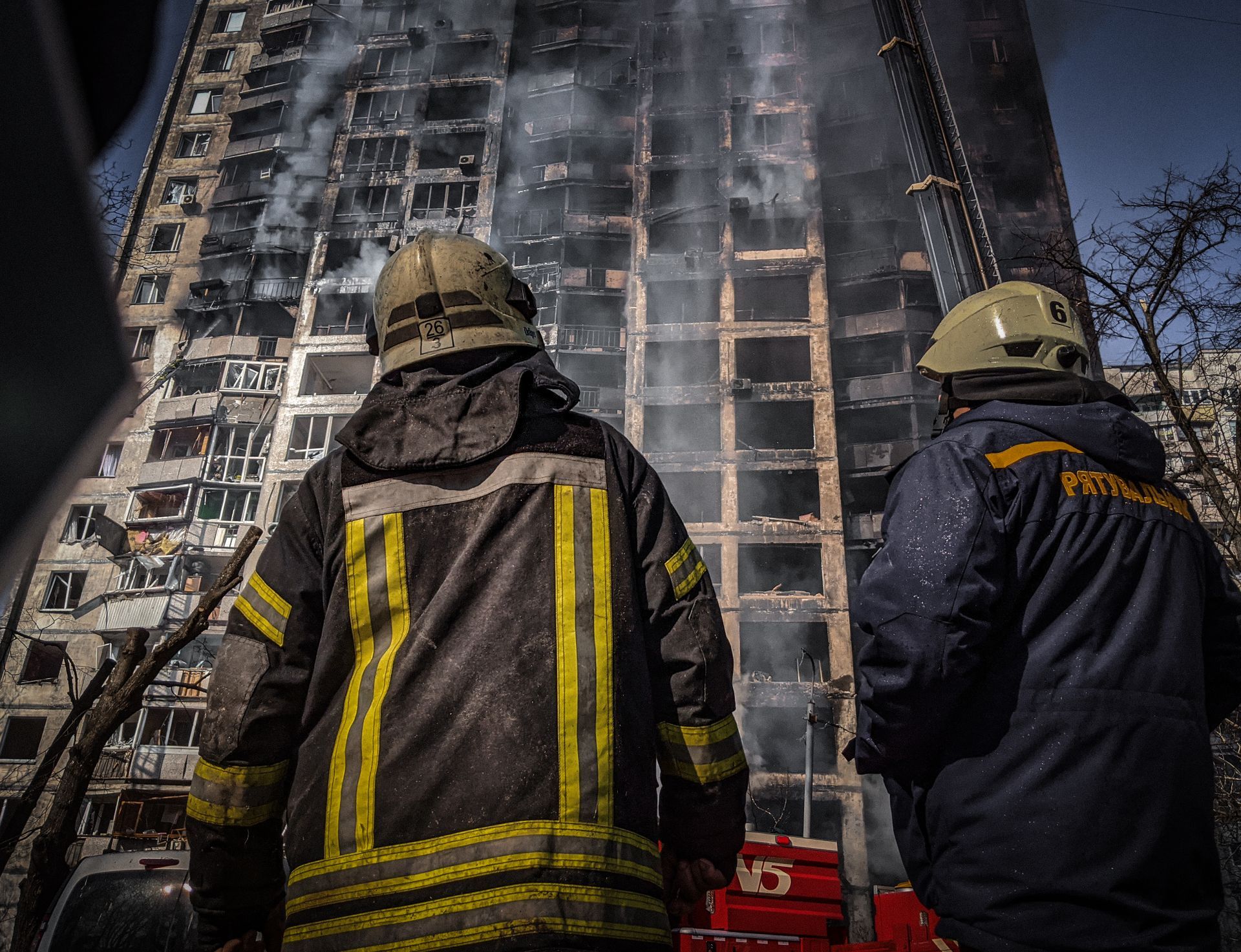
Each year, countless properties suffer from the devastating effects of fire incidents, leading to substantial financial loss and emotional distress. Understanding the different types of fire damage is crucial for homeowners, insurance adjusters, and restoration professionals to assess the extent of damage effectively and chart an appropriate recovery plan. This article will explore the types of fire damage, types of smoke, classes of fire, restoration after fire, and fire damage cleanup processes. The content will also delve into the various kinds of fire to help you gain a comprehensive understanding of this topic.
The Key Types of Fire Damage
Fire damage can vary significantly depending on several factors. Hence, understanding these differences is crucial for an effective fire damage cleanup and restoration process.
Structural Damage
Structural damage from fires primarily affects materials like wood, steel, and concrete. Wood may char and weaken, steel can lose structural integrity from high temperatures, and concrete might crack. Signs of structural damage include charred frames, weakened walls, and compromised foundations, all of which require immediate attention for safety and restoration.
Smoke and Soot Damage
Smoke damage varies by type, including wet, dry, protein, and fuel oil soot. Wet smoke from slow-burning, low-heat fires leaves a sticky, smearing residue. Dry smoke coming from fast-burning, high-temperature fires leaves a fine, powdery, often invisible residue. Protein smoke damage from cooking fires is virtually invisible but can discolor paints and varnishes. Fuel oil soot results from furnace puffbacks. Each poses unique health hazards, stressing the importance of professional fire damage cleanup for thorough removal and restoration.
Water and Mold Damage
While crucial in extinguishing fires, the excessive water used in firefighting efforts can lead to substantial water damage. This damp environment becomes an ideal breeding ground for mold, which can appear within 48 hours. The risks associated with mold include potential health hazards and further property damage. Mold prevention includes rapid water extraction and drying of the affected area. If mold does appear, remediation processes involve mold identification, containment, removal, cleanup of affected areas, and actions to prevent future growth.
Electrical Damage
Electrical fires can cause severe damage to a property's wiring and electrical systems. This includes melted wires, damaged outlets, and compromised appliances, all posing significant safety hazards. Post-fire, it's crucial to have all electrical systems inspected by a certified electrician to ensure safety and proper function. This includes assessing the stability of the electrical panel, checking the condition of wires and circuits, and testing all outlets and switches. The inspection can prevent further damage and potential fire hazards.
Chemical Damage
Chemical damage occurs when materials containing hazardous chemicals combust or are exposed to intense heat. This can result in the release of toxic fumes or residues that pose significant health risks if not properly managed. Specialized cleaning and disposal methods are necessary to handle and remove these chemical residues safely. Failure to do so can lead to prolonged exposure risks, further emphasizing the need for professional intervention in fire damage restoration processes.
How is Fire Damage Assessed
The initial assessment of fire damage should always be conducted by professionals equipped with specialized tools and knowledge. They utilize technology like thermal imaging to detect heat signatures and moisture meters for assessing water damage. This allows for a comprehensive understanding of the extent of damage, including hidden issues, and helps chart the most effective restoration path. A thorough professional evaluation is key to prevent further complications and ensure the safety and longevity of your property.
Fire Damage Restoration Process
The fire damage restoration process is a multi-step journey:
- Initial Cleanup: The process begins by removing debris and damaged materials, followed by water extraction if needed.
- Smoke and Soot Remedy: This step involves the identification and removal of different types of smoke and soot residues.
- Restoration: This includes repairs to structural damage, rewiring of electrical systems, and dealing with any resulting chemical hazards.
- Final Restoration: The last step is restoring the property to its pre-loss condition, including reinstallation of drywall, flooring, and painting.
Can Fire Damage Be Prevented?
Prevention is a key strategy in minimizing fire risks and ensuring safety:
- Regular Maintenance: Regular inspections and maintenance of electrical systems, heating units, and appliances can prevent potential fire hazards.
- Fire Alarms: Install smoke detectors and fire alarms throughout your property and ensure they are in good working order. Regularly check and replace batteries if needed.
- Safety Plans: Develop and regularly practice a fire escape plan, ensuring all occupants are familiar with the best escape routes and meeting points in case of a fire.
- Fire Extinguishers: Keep fire extinguishers in key areas of your property and ensure everyone knows how to use them.
Next Steps After Fire Damage: Moving Forward
At Ercolano Cleaning & Restoration, we specialize in all types of fire damage restoration. Our team of experienced professionals swiftly assesses the damage, devises an effective restoration plan, and meticulously cleans up all damage, getting you back on your feet in record time. Don't let fire damage linger and potentially increase the risk of health hazards. Contact us today to restore your property to its pre-loss condition and for peace of mind.
In Need of Restoration Services?
In need of restoration services? Give us a call at (203) 671-3206 or complete the contact form.
Quick Links
Contact Us
Ercolano Cleaning & Restoration
65 Amity Rd, New Haven, CT 06515, United States of America
Ercolano Cleaning & Restoration of Fairfield County
8 Wright St, Westport, CT 06880, USA
All Rights Reserved | Ercolano Cleaning & Restoration
